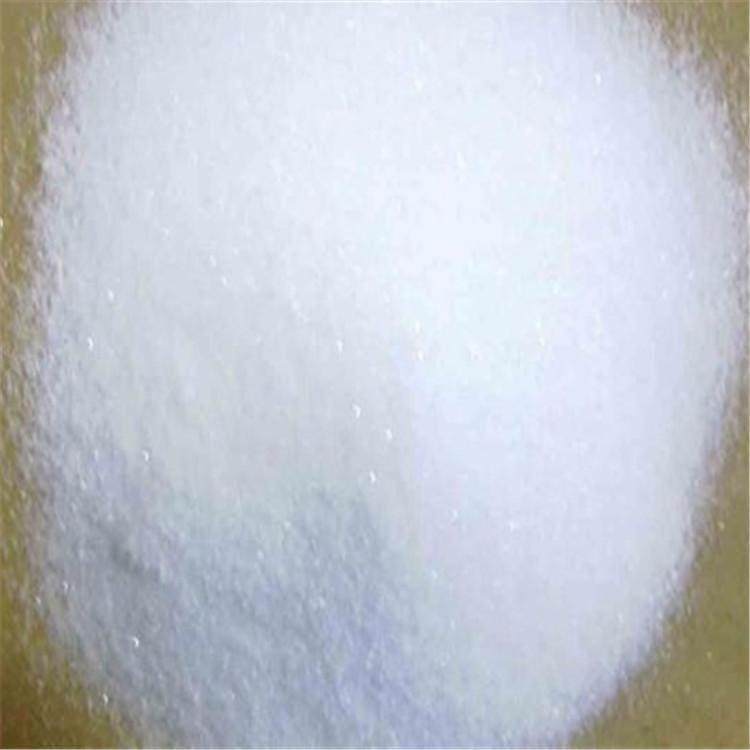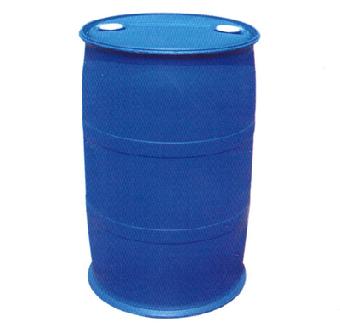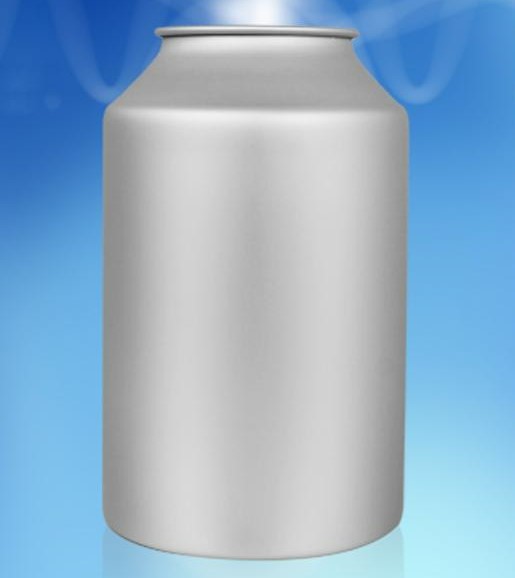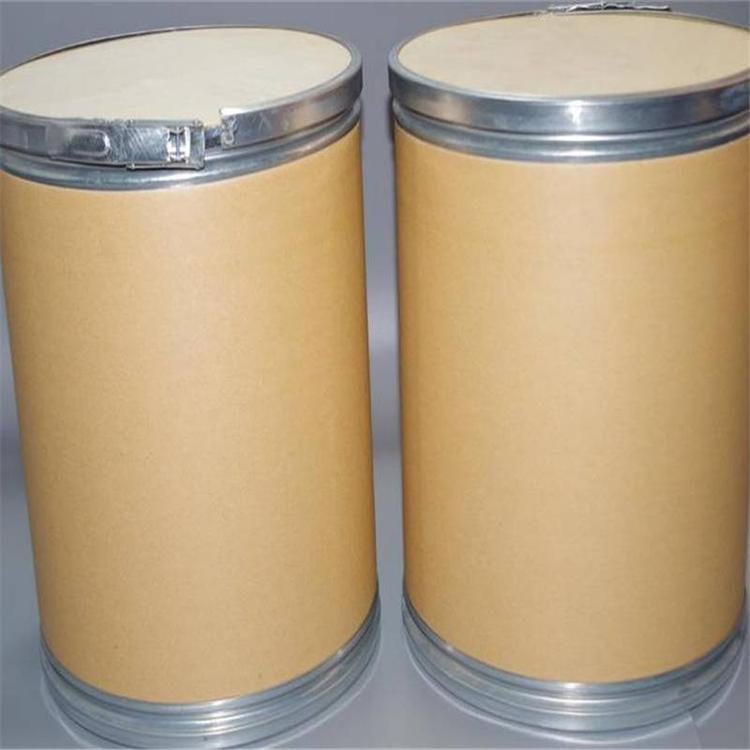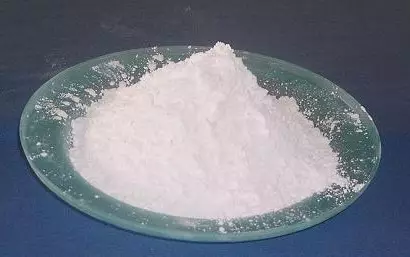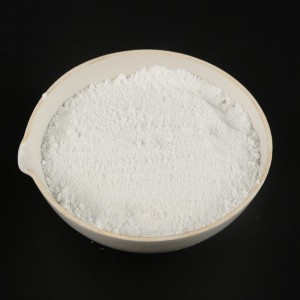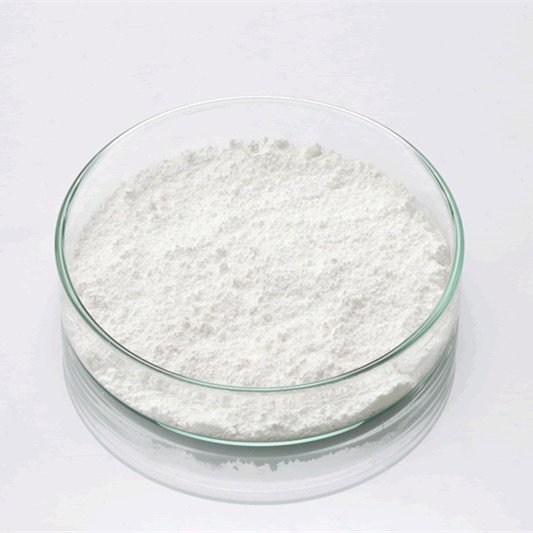Pharmaceutical Raw Materials
Veterinary API
Antiallergic Drugs
Hormones and Endocrine Drugs
Drug Metabolism
Pharmaceutical Intermediates
Synthetic Anti Infective Drugs
Specialty Drugs
Vitamins and Minerals Medicines
Feed Drug Additive
Antineoplastic Agents
Nervous System Drugs
Respiratory Drugs
Diagnostic Agents
Anti Stress Drugs
Antipyretic Analgesics
Antiparasitic Drugs
Circulatory System Drugs
Biochemicals
Blood System Drugs
Immune System Medication
Pharmaceutical Excipients
Fluid, Electrolyte, and Acid-Base Balance
Urinary System Drugs
Antibiotics
Anesthetic Agents
Inhibitors
Other Chemical Drugs
Digestive System Drugs
CAS:134-32-7
Molecular Formula:C10H9N
Alias
More Information
1-Naftylamine; Aminobiphenyl; 1-Amino-Naphthalene; Alpha Napthylamine; 1-Naftylamin; α-Naphthylamine; 1-Naftilamina; Naphthalidine; Naphthalidam; 1-Naphthylamin; Aminogen I; Naphthalen-1-Ylamine; Naphtylamines; 1-Naphthalenamine; Naphthalen-1-Nh2; 1-Aminonaphthalene
Brief Introduction
Aromatic amines are a kind of important nitrogen-containing compounds, which are widely used in explosives, dyes and pharmaceutical industries. The synthesis method is generally based on well-known reactions. Simple aromatic amines can be prepared by reduction of nitro compounds or by k-amino substitution of halogenated aromatics. In addition, there are other special preparation methods. in recent years, α- Naphthylamine (also known as 1-naphthylamine) has been well used in dye chemical industry and organic synthesis, especially in the synthesis of axial chiral catalysts.
Suppliers
View More Vendors (3) >
CAS:135062-02-1
Molecular Formula:C27H36N2O4
Alias
More Information
(S)-2-Ethoxy-4-(2-((3-Methyl-1-(2-(Piperidin-1-Yl)Phenyl)Butyl)Amino)-2-Oxoethyl)Benzoic Acid; Prandin,Gluconorm,Novonorm; 2-Ethoxy-4-[2-[[(1S)-3-Methyl-1-[2-(1-Piperidinyl)Phenyl]Butyl]Amino]-2-Oxoethyl]Benzoic Acid; (S)-(+)-2-Ethoxy-4-[[[N-[1-(2-Piperidinophenyl)-3-Methylbutyl]Amino]Carbonyl]Methyl]Benzoic Acid; Benzoic Acid, 2-Ethoxy-4-(2-((3-Methyl-1-(2-(1-Piperidinyl)Phenyl)Butyl)Amino)- 2-Oxoethyl)-, (S)-; Prandin, 2-Ethoxy-4-[2-[[(1S)-3-Methyl-1-[2-(1-Piperidinyl)Butyl]Amino]-2-Oxoethyl]-Benzoic Acid, Ag-Ee-623, Novonorm,; S(+)-2-Ethoxy-4-(2-Oxo-2-((Alpha-Isobutyl-2-Piperidinobenzyl)Amino)Ethyl)Benzoesure
Brief Introduction
Repaglinide is a diabetic drug, and is a non sulfonylurea type insulin releasing agent. Clinically, it is mainly used for patients with type 2 diabetes mellitus (non-insulin-dependent) who have diet control, weight reduction and exercise control which can not effectively control hyperglycemia.
Suppliers
View More Vendors (3) >
CAS:137-58-6
Molecular Formula:C14H22N2O
Alias
More Information
2-(Diethylamino)-N-(2,6-Dimethylphenyl)-Acetamide; 2-Diethylaminoacet-2,6-Xylidide; A-Diethylamino-2,6-Acetoxylidide; N1-(2,6-Dimethylphenyl)-N2,N2-Diethylglycinamide
Brief Introduction
The product is an amide local anesthetic. It is widely used in surface anesthesia, infiltration anesthesia, conduction anesthesia and epidural anesthesia.
Suppliers
View More Vendors (3) >
CAS:138-59-0
Molecular Formula:C7H10O5
Alias
More Information
(3R,4S,5R)-3,4,5-Trihydroxycyclohex-1-Enecarboxylic Acid; (3R,4S,5R)-(−)-3,4,5-Trihydroxy-1-Cyclohexenecarboxylic Acid; (3R,4S,5R)-(-)-3,4,5-Trihydroxy-1-Cyclohexene-1-Carboxylic Acid; 3,4,5-Trihydroxycyclohex-1-Enecarboxylic Acid; L-Shikimic Acid; (3R,4S,5R)-3,4,5-Trihydroxy-1-Cyclohexenecarboxylic Acid; (3R,4S,5R)-3,4,5-Trihydroxy-Cyclohex-1-Enecarboxylic Acid; Illicium Verum P.E.
Brief Introduction
Shikimic acid is a key precursor for the synthesis of many alkaloids, aromatic acids, indole derivatives and chiral drugs. Shikimic acid has anti-inflammatory and analgesic effects by affecting arachidonic acid metabolism, inhibiting platelet aggregation, inhibiting arteriovenous thrombosis and cerebral thrombosis. It can also be used as an intermediate of antiviral and anticancer drugs. Recently, shikimic acid has been used as the starting material of oseltamivir (the active ingredient of Tamiflu). Oseltamivir is a neuraminidase inhibitor, which can be used to treat and prevent influenza A and influenza B.
Suppliers
View More Vendors (3) >
CAS:1392275-56-7
Molecular Formula:C46H62N12O14P2
Alias
More Information
Tenofovir Alafenamide Hemifumarate; GS-7340 Hemifumarate; Vemlidy; 1-Methylethyl N-((S)-(((1R)-2-(6-Amino-9H-Purin-9-yl)-1-Methylethoxy)Methyl)Phenoxyphosphinoyl)-L-Alaninate,(2E)-2-Butenedioate; Tenofovir Alafenamide Fumarate, 2:1; L-Alanine,N-((S)-(((1R)-2-(6-Amino-9H-Purin-9-yl)-1-Methylethoxy)Methyl)Phenoxyphosphinyl)-,1-Methylethyl Ester,(2E)-2-Butenedioate (2:1); TAF
Brief Introduction
Tenofovir eilanolamine fumarate can be used as solvent, catalyst for alkylation, esterification and polymerization. 99% of the products are mainly used in medicine and 70% are mainly used in electroplating industry. Nutritional drugs, combined with low protein diet, prevent and treat the damage caused by protein metabolism disorder caused by chronic renal insufficiency, and are the core drugs for chronic renal insufficiency and consumptive malnutrition.
Suppliers
View More Vendors (3) >
Inquiry (
10
/ 10
)
Clear All
Sign In
Error!

